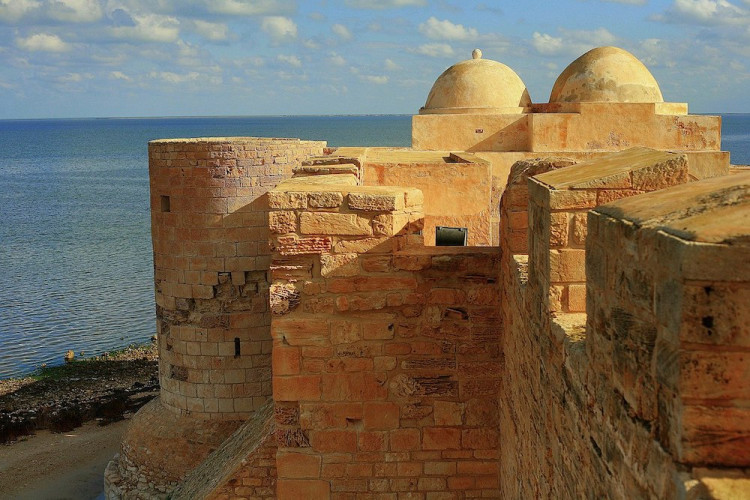LONDON: Six sites in the Middle East and North Africa, including one in Saudi Arabia, are to be considered for the UNESCO World Heritage List when the 45th extended session of its committee gets underway in Riyadh on Sunday.
The sites are among more than 50 across the world hoping to be included in the list following the meeting, which is being chaired by Princess Haifa Al-Mogrin, Saudi Arabia’s permanent representative to UNESCO.
The World Heritage List is made up of sites that represent the cultural and natural diversity of the world, and a yearly meeting is held to review and update the list, accept new applications and make edits.
The list, which currently consists of 1,157 sites, is highly regarded by many countries as it serves as a major driver of tourism, funding and the conservation of historical sites.
The Saudi site up for consideration is Uruq Bani Ma’arid, in the Kingdom’s southwestern desert, which is making a name for itself with its unique vistas, diverse wildlife and eco-tourism offerings.
Another is Ancient Jericho, also known as Tell es-Sultan, an archaeological site located in the West Bank in Palestine, which is famous for its evidence of human habitation dating back more than 11,000 years.

Ancient Jericho, also known as Tell es-Sultan, is an archaeological site located in the West Bank in Palestine. (Wikimedia Commons)
Djerba, an island off the southeastern coast of Tunisia, is the third regional site looking to make the list. The island is renowned for its blend of local Berber culture with Arab and Jewish influences, especially the Ghriba Synagogue.

Djerba, an island off the southeastern coast of Tunisia, is the third regional site looking to make the list. (Wikimedia Commons)
The remaining three sites are all in Iran and include the village of Masouleh with its distinct architecture built into the Alborz mountains; the Hyrcanian forests, which span across northern Iran and cover a small part of neighboring Azerbaijan; and, lastly, the Persian Caravanserai, a marvel of ancient Persian architecture that was an important stop for travelers and traders along the Silk Road.




















